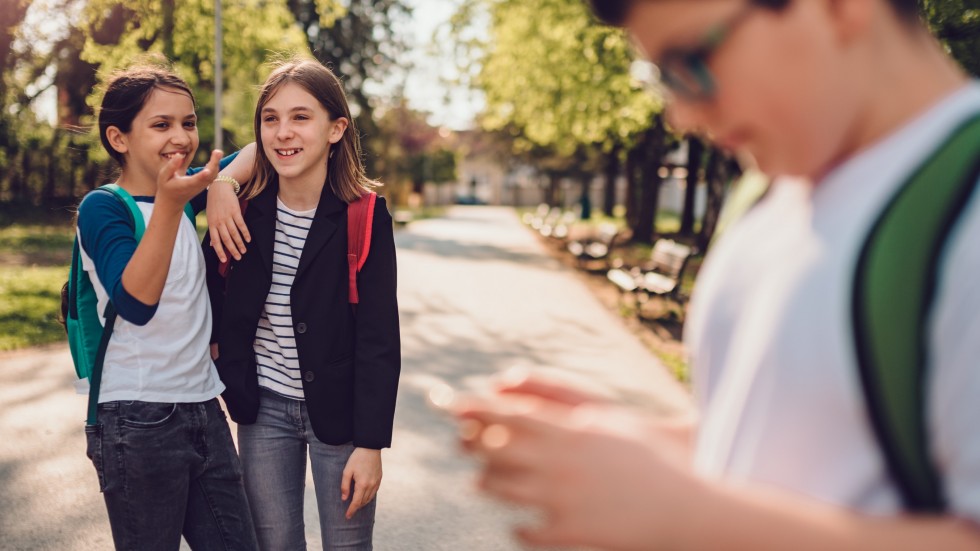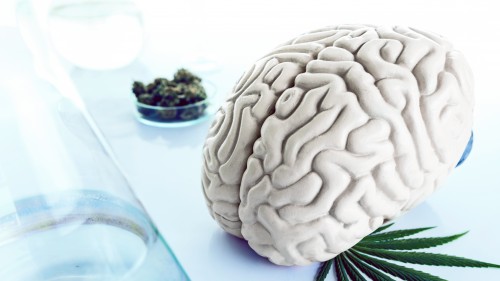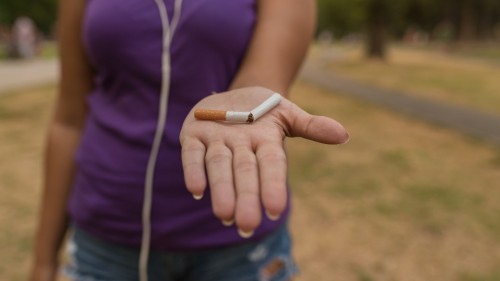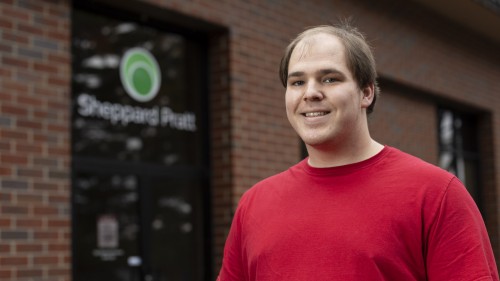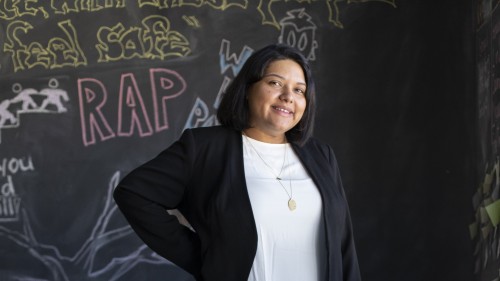While the specifics may differ for each generation, substance use among young people is a perennial problem.
Henok Solomon, MSFS, Program Director, and Jessica Pelaez, Young Adult Peer Recovery Support Specialist, both of The Landing, an adolescent recovery program at Sheppard Pratt, explain that the COVID-19 pandemic only exacerbated issues among teenagers.
“The pandemic has been a big factor,” says Solomon. “Being in lockdown, kids were missing out on that social aspect of their life and getting bored. Oftentimes, they’ll turn to substance use as something to do.”
Solomon explains that this can be particularly troublesome in 2022, when it is increasingly easy to use substances stealthily. “One trend is the use of vape pens and edibles,” he says. “Edibles are especially hard to recognize because they’re easily disguised—it doesn’t require inhalation, and there is no smell.”
What should you be looking for as signs of substance use disorder in your child?
“It is important for parents to look for behavioral changes,” says Pelaez. “That could be something like changing friend groups because substance use can often come from peer pressure or be influenced by people your child isn’t normally hanging out with.” Pelaez explains that physical changes are also a good indicator. She says parents should be on the lookout for signs like bloodshot eyes, smells, or the use of products like eyedrops or aerosol sprays that would cover those signs.
What can you do if you suspect your child is using substances?
There are actions you can take to address substance use. The best first step is to open a dialogue with your child, even if they are not ready to be open with you.
“The first thing you should do is let your child know you’re concerned,” says Solomon. “If you immediately approach it as a problem that needs to be stopped, many kids will draw away. Instead, change your approach, and make your intentions known: ‘I’m concerned about you because this is what I’m seeing.’ When you do that, you show your love and empathy.”
While you can open this dialogue with your child, Solomon emphasizes that the desire to stop using has to come from within.
“The adolescent has to be committed to recovery,” says Solomon. “We often find that the parents are more motivated than the kids. We facilitate a screening, one-on-one, with the adolescent. From there, we make a recommendation based on that child’s individual situation.”
The Landing at Sheppard Pratt is an after-school recovery clubhouse. It provides a nonjudgmental, inclusive, and supportive environment for Montgomery County youth who are recovering from a substance use problem. To learn about more intensive substance use treatment options for adolescents, click here.
It is important for parents to look for behavioral changes. Substance use can often come from peer pressure or be influenced by people your child isn’t normally hanging out with.
Learn More
-
Cannabis and the Adolescent Brain: High Time for Mental Illness
First Person PerspectivePublished: -
Clearing the Smoke: Smoking & Mental Health
Health & WellnessPublished: -
When Your Loved One is Addicted
Health & WellnessPublished: -
On Track: Hunter’s Journey
FeaturePublished: -
Q&A with Evelyn Saim-Lobos
Changing Lives TogetherPublished:
